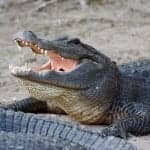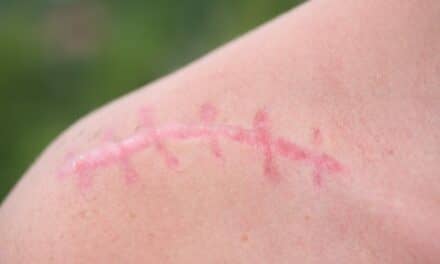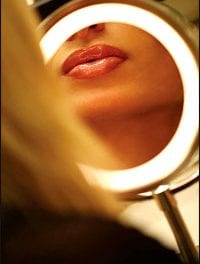
The findings, published today in the journal eLife by scientists from Oregon State University in Corvallis, Ore, show that many fish, amphibians, reptiles, and birds can naturally produce a compound called gadusol, which, among other biologic activities, provides protection from the ultraviolet component of sunlight.
The researchers also believe that this ability may have been obtained through some prehistoric, natural genetic engineering.
The gene that provides the capability to produce gadusol is similar to one found in algae, which may have transferred it to vertebrate animals—and because it’s so valuable, it has been retained and passed along for hundreds of millions of years of animal evolution, they speculate.
The genetic pathway that allows gadusol production is found in animals ranging from rainbow trout to the American alligator, green sea turtle, and a farmyard chicken.
The researchers also found a way to naturally produce gadusol in high volumes using yeast. With continued research, it may be possible to develop gadusol as an ingredient for different types of sunscreen products, cosmetics, or pharmaceutical products for humans.
A conceptual possibility is that ingestion of gadusol could provide humans a systemic sunscreen, as opposed to a cream or compound that has to be rubbed onto the skin.




Interesting but it is worth pointing out that oral sunscreens are already available. One is an extract of the fern Polypodium leucotomos, proven in a blinded randomized trial: http://www.ncbi.nlm.nih.gov/pubmed/22272084 The other is red wine: http://www.ncbi.nlm.nih.gov/pubmed/18673407